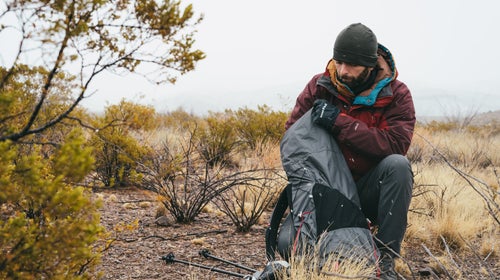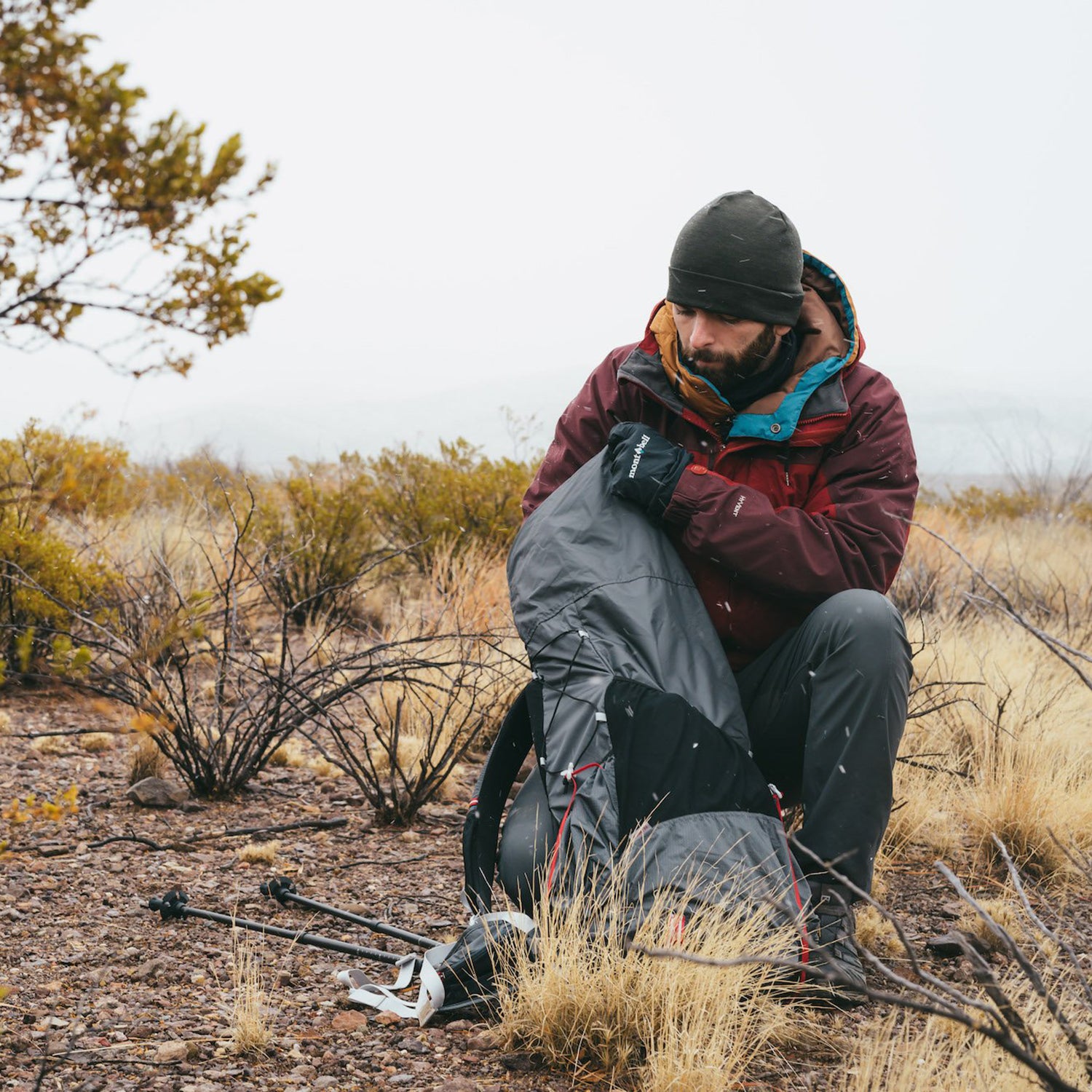The ultralight mentality stems from keeping what you carry in your pack as light as possible—which means you can log more miles with less stress on your body. It has gotten a lot easier for ounce counters these days, as more companies have begun to specialize in ultralight gear.
Still, keeping weight down can get complicated (and expensive), especially if you’re spending weeks or months on the trail and need to carry enough to be comfortable on long hikes. But a few hacks and tricks to help cut weight from your pack offer plenty of ways you can rack up the miles this summer without breaking your back or the bank.
Leave the Stove at Home
Even the most lightweight stoves add extra pounds when combined with fuel, utensils, and a pot. Instead, leave it all at home. As most hikers figure out, hot meals in town are usually only a few days apart, especially on the Appalachian Trail. Don’t be afraid to eat a few cold meals in between.
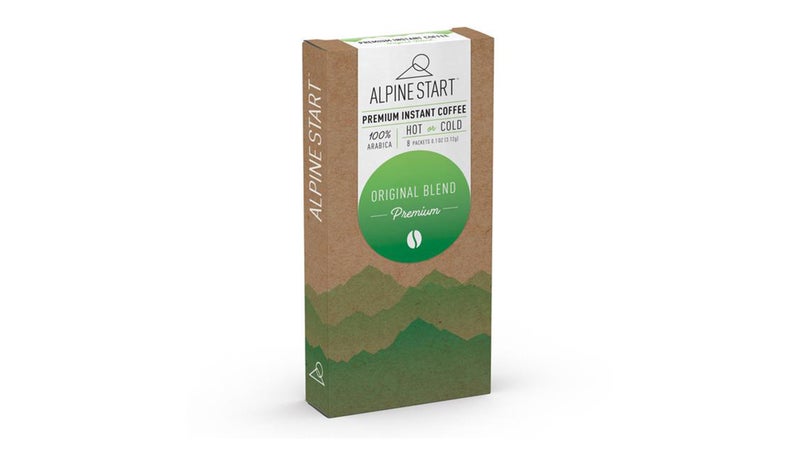
While on the trail, choose foods that don’t require cooking or those you can soak in cold water using a small container with a screw-on top (Ziplocs work, too). Good options include oatmeal, Zatarain’s many instant rice mixes, ramen, and dehydrated meals like those from . Soak them in cold water when you get to camp; roughly an hour later, you’ll have dinner. If you can’t live without an early morning cup of joe, instant coffee works well in cold water.
…And the Tent
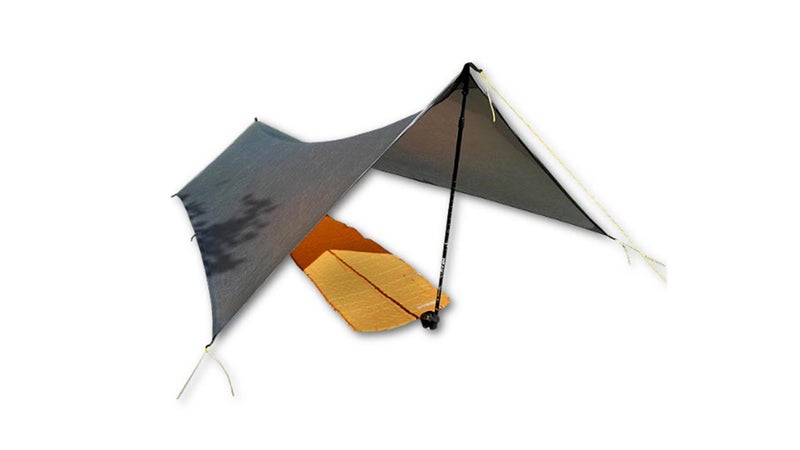
Tarp camping isn’t for everyone. But for those willing to forgo a few creature comforts, it provides protection from the sun, rain, and wind without adding much weight. (Granted, it’s light on the bug protection.) While any old tarp will do the trick, the from Mountain Laurel Designs is a classic A-frame made from Cuben Fiber, which is super lightweight (seven ounces), strong, and waterproof. To rig it up just right, trekking poles and guylines are a necessity.
…And Maybe Your Sleeping Bag, Too
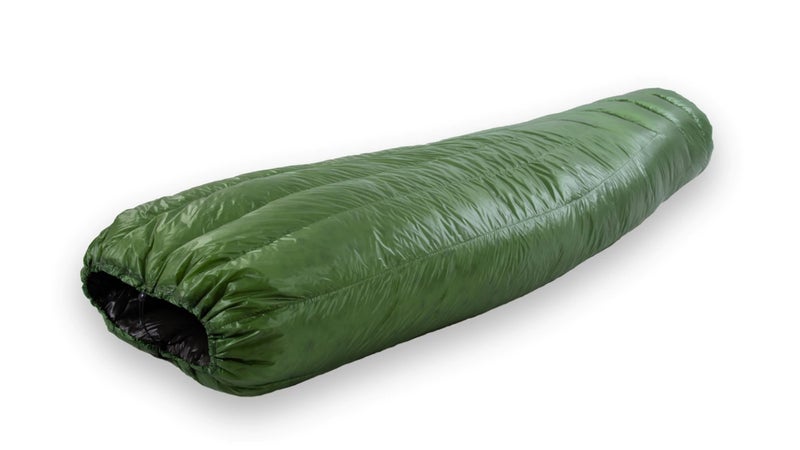
A quilt will save both weight and money compared to a mummy sleeping bag. The —rated to 20 degrees Fahrenheit and filled with water-resistant 850 down—weighs just over a pound. One reason quilts are so lightweight is that they lack material on the underside, so it’s up to your sleeping pad to do the insulating. For a pad, look for one with a solid R-value, such as the —the women’s version has a higher R-value but still weighs just 12 ounces.
Go 2-in-1 for H2O
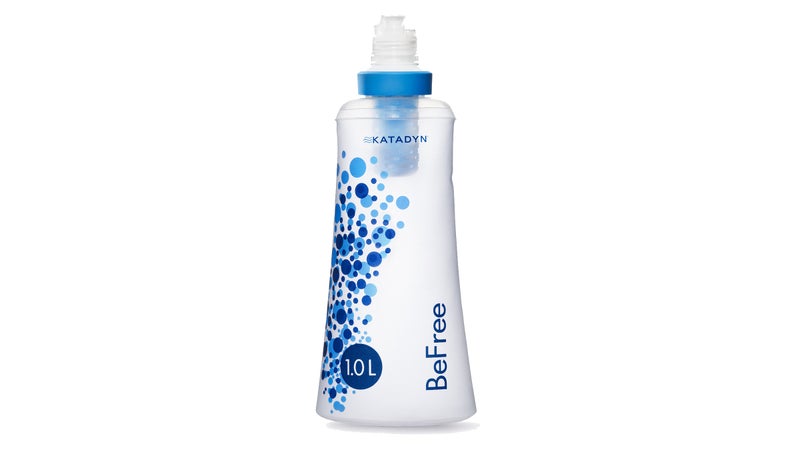
A filter/bladder combo cuts down on weight and saves time. The obvious benefit is that the two-in-one feature eliminates the need to carry a separate filtration system and even those larger bottles you might lug around so you have enough water at camp.
I like the Katadyn filter, which attaches to a hydration bladder and is available in .6-liter, one-liter, and three-liter sizes. The flow rate is lightning fast (up to two liters per minute), and the whole package is lightweight and packable (the one-liter option weighs just two ounces).
Put Your Rain Gear on a Diet
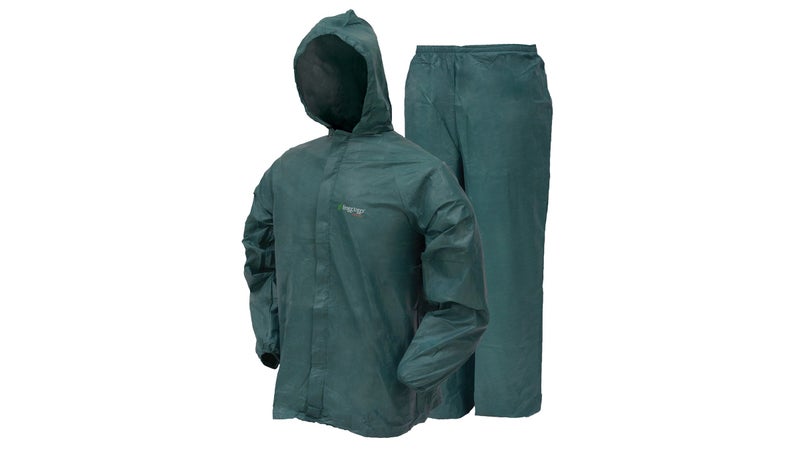
You’d be surprised how heavy rain gear can get. It can become a big burden, especially if you’re hiking in a place you know won’t see too much precip. Neither fancy nor expensive, the is feather light (10.4 ounces) and packs down to pocket-size. The suit and jacket are made from thin, breathable polypropylene that’s surprisingly durable. When not in use, the set stuffs well in a pack and, as a bonus, doubles as town clothes when you’re resupplying and doing laundry. If you want to go even lighter, there’s a nine-ounce .
Free Yourself from the Frame
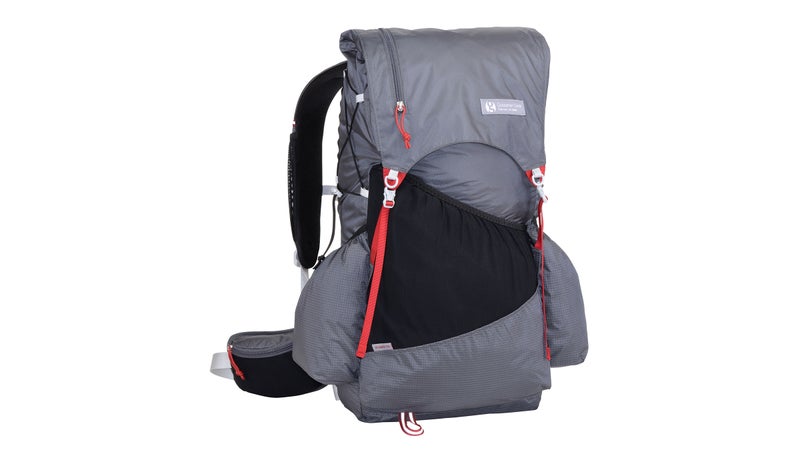
Ultralighters often opt for frameless packs to cut down on weight, but those bags offer little in the way of structural support. A quick fix is to position a sleeping pad, such as the 14-ounce , near your spine as cushioning. The pack is a favorite among weight-conscious hikers. At just over one pound, its roomy main pocket holds plenty of gear, while the minimalist shoulder straps and hipbelts offer ample cushioning—provided you don’t exceed the recommended 25-pound load. To keep the contents dry, line the pack’s interior with a , which is cheaper and lighter than a pack cover.
Grab Lots of Ziplocs
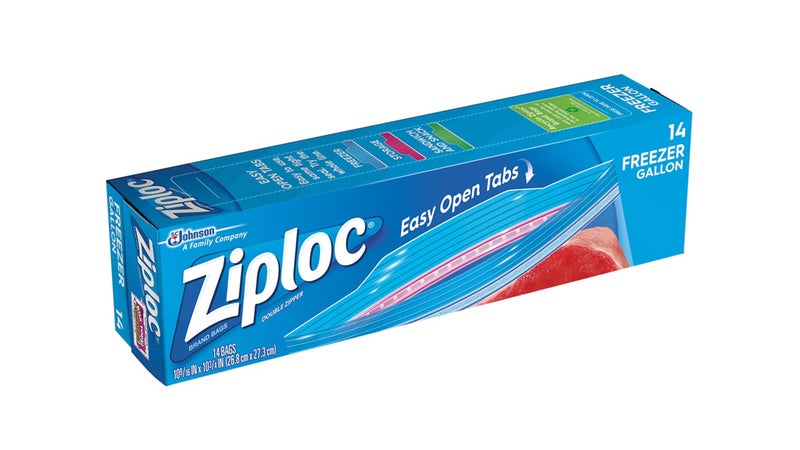
From storing spare food to stuffing with clothes for a makeshift pillow, these baggies have plenty of uses, are cheap, and can often be reused through your entire trek. Every thru-hiker should keep Ziplocs in their pack. Be sure to look for the , which are thicker than most and have a sturdy seal. They’re perfect for stashing electronics and toilet paper.
